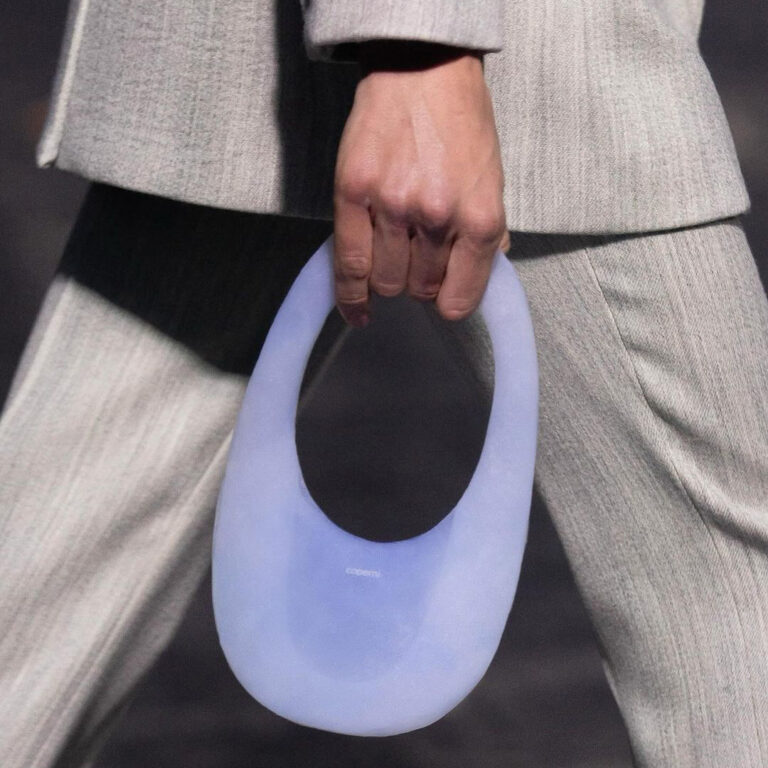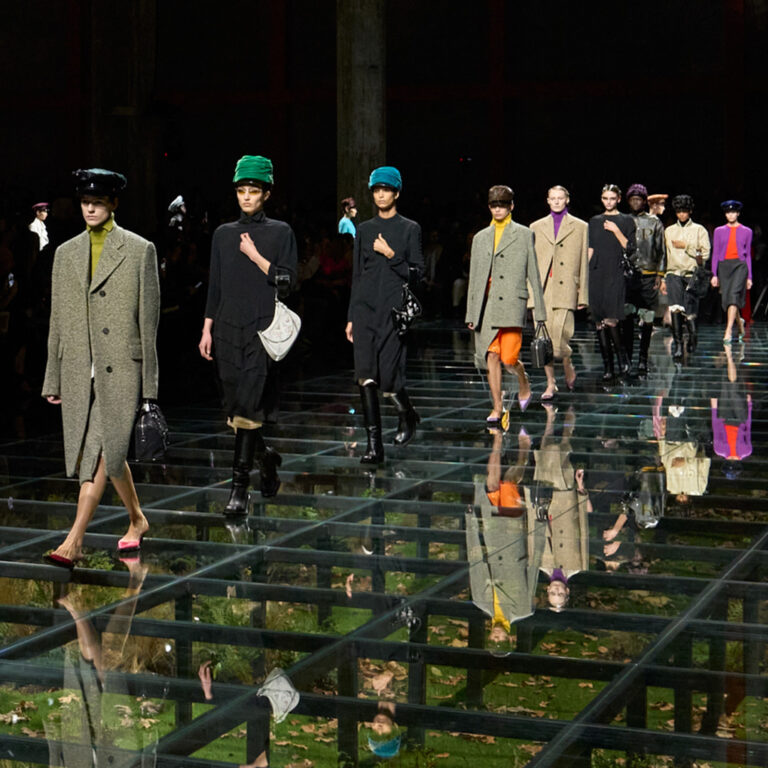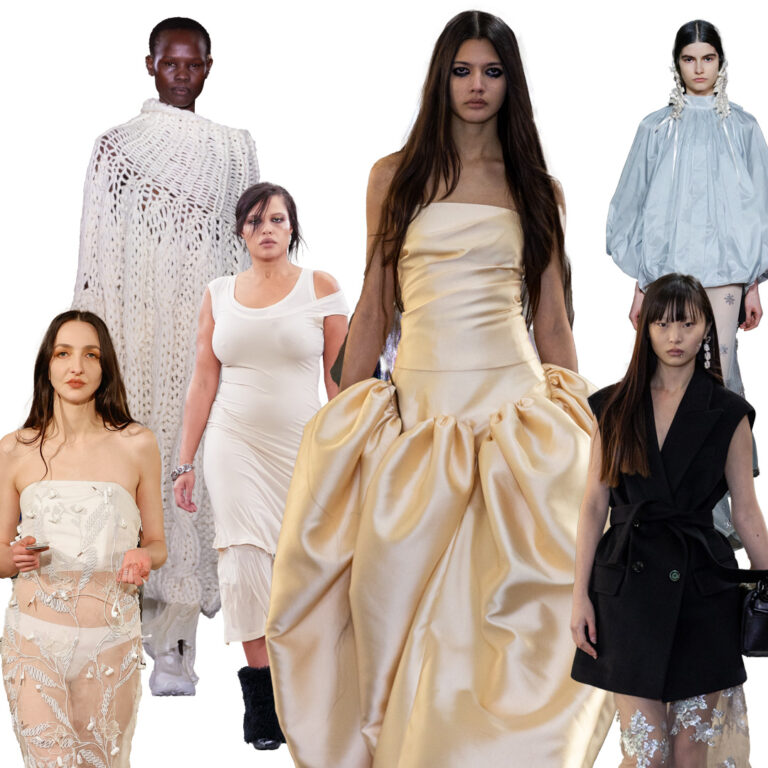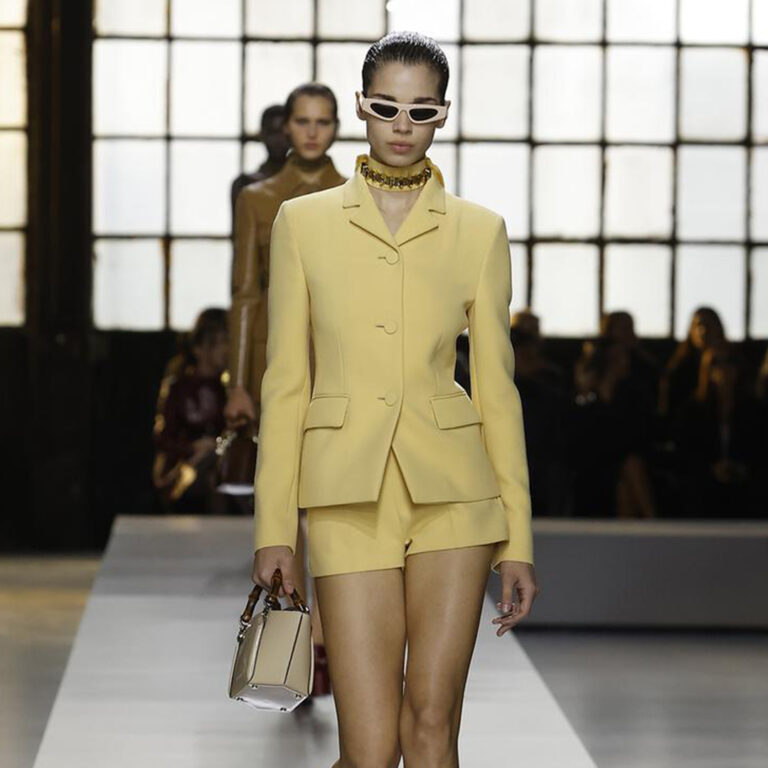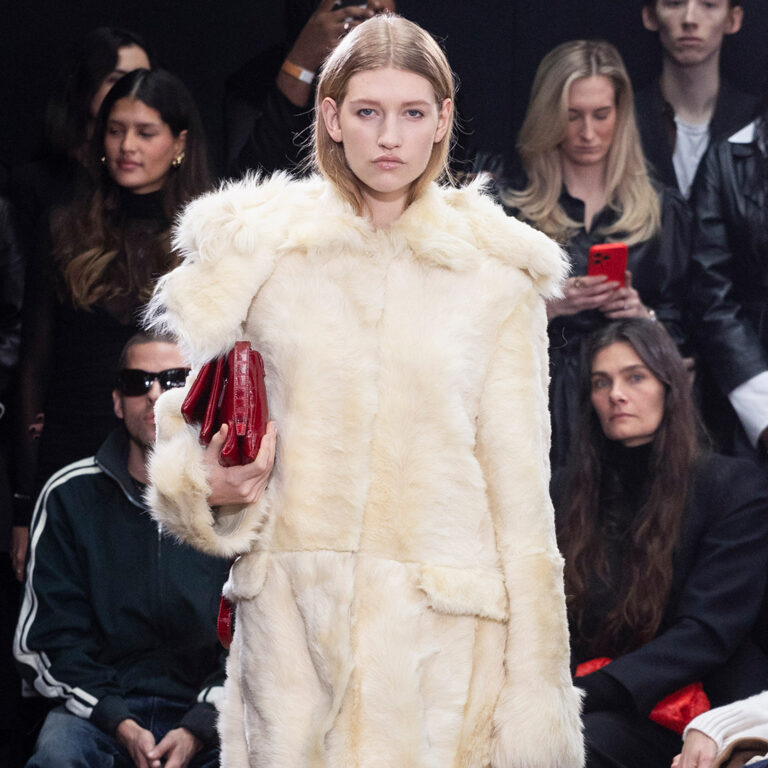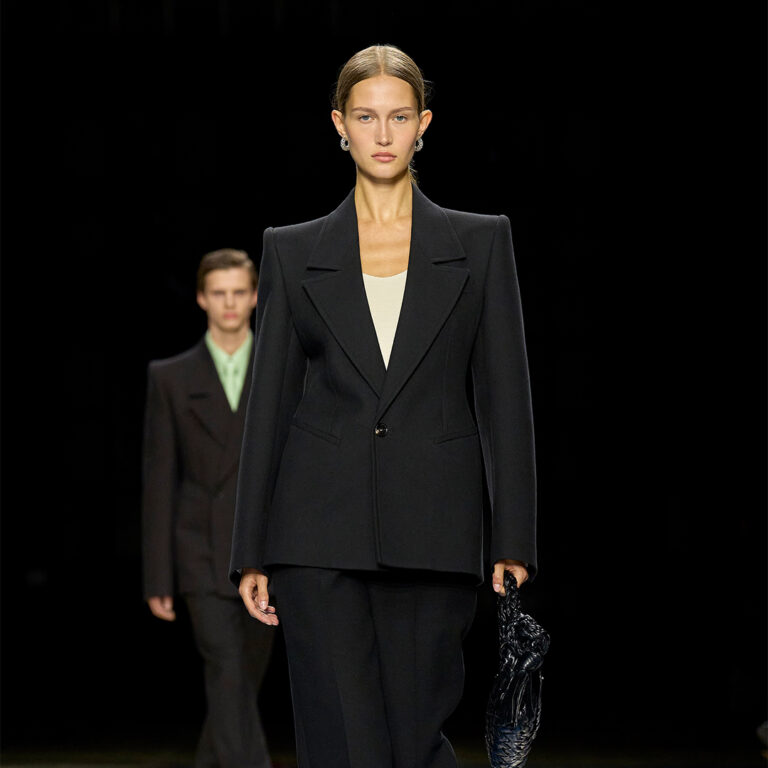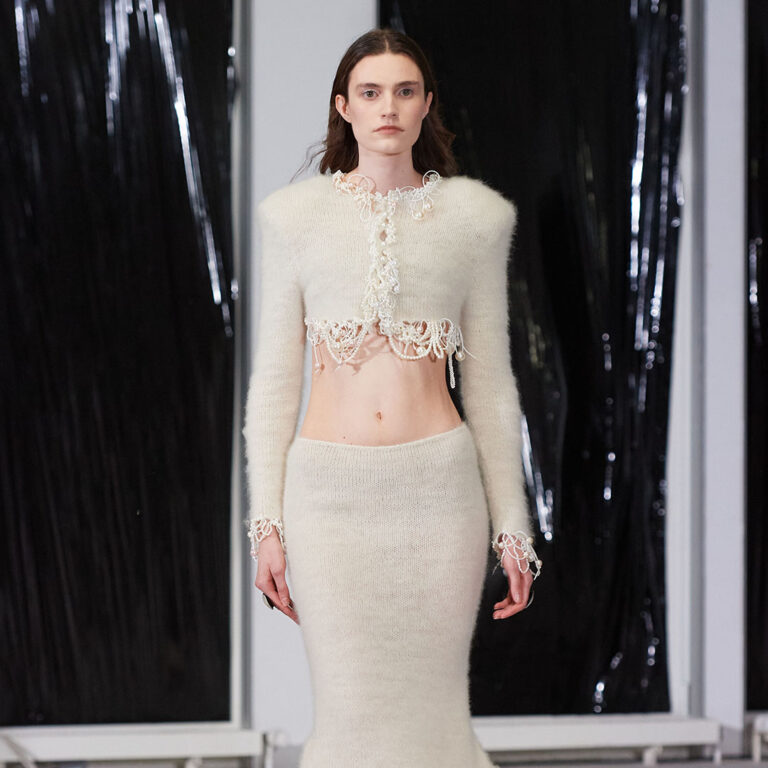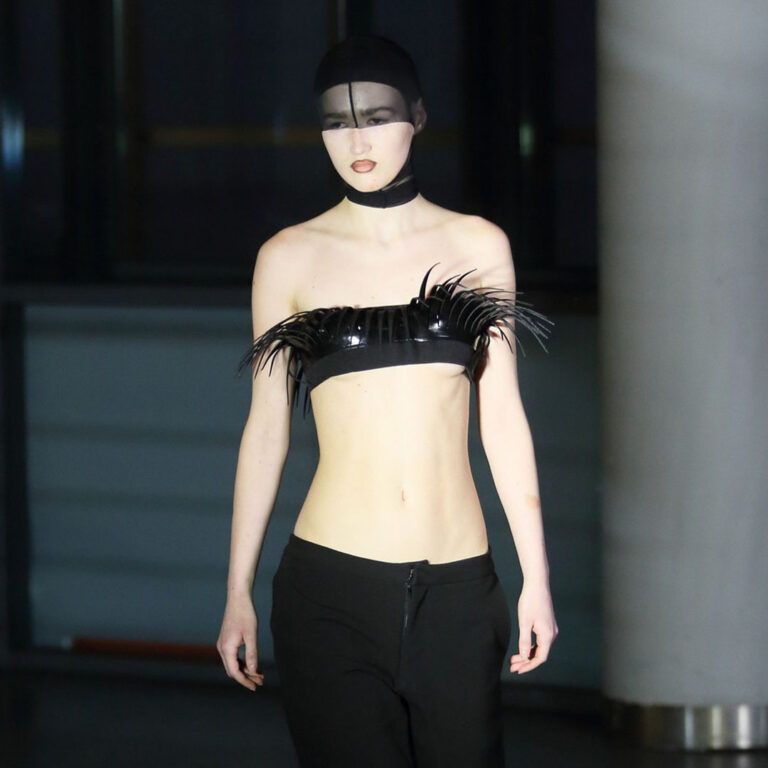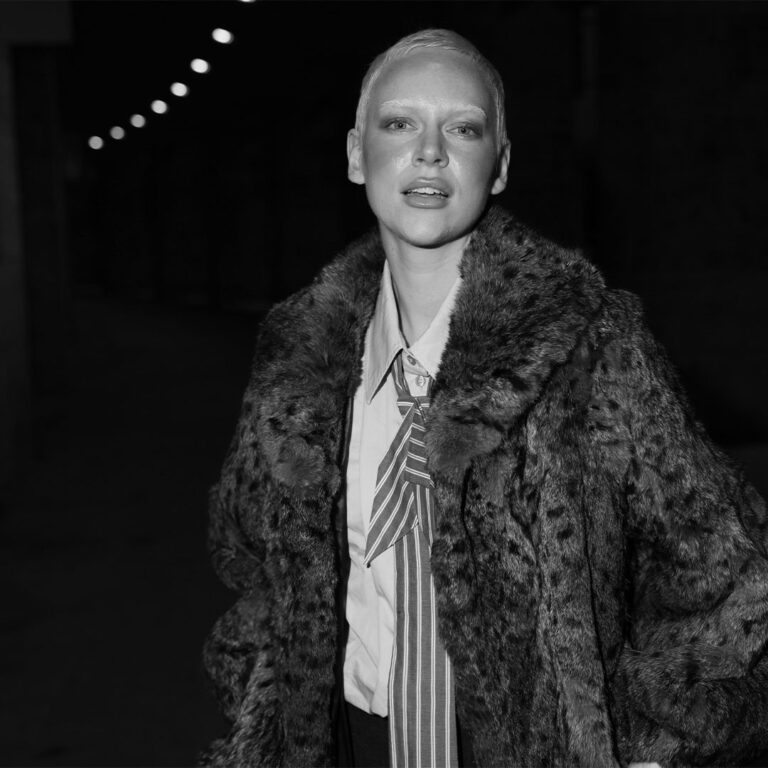For many years, the fashion industry has been one of the biggest culprits in pollution. Nowadays, as sustainable practices integration is recognized as mandatory for many fashionistas, local designers and conglomerates consider their social and environmental impacts on their long-term corporate existence. The understanding that fashion plays a crucial role in addressing the world’s complex social and environmental issues, has just deepened during lockdown. Now that consumers have become more conscious, they want fashion players to take their social and environmental responsibility amid the crisis. Offering quality products isn’t longer enough.
Cover photo: © Pexels
Shifting towards a circular economy
According to the last McKinsey Survey conducted in July 2020, 88% of surveyed consumers stated that fashion should pay more attention to reducing their environmental footprint. Meanwhile, only 67% consider the use of sustainable materials as an important purchasing factors. The survey findings show that consumers demand a more sustainable approach from luxury fashion brands, together with the disruption of traditional fashion methods.
But how do brands take their responsibility? In the summer of 2019, 32 fashion companies signed the fashion pact, emphasizing and committing to sustainability in the industry. Let’s take a closer look at one of the main players in the luxury goods industry – Kering.
Kering Group has developed its own Environmental Profit and Loss account, helping them to measure and monitor the environmental impact of all brands’ activities. The conglomerate has reduced its environmental impact by 14% with the usage of 100% responsible gold, 73% of sustainable leather and 30% of organic cotton. Overall, they reached an 88% traceability score of overall key raw materials – which is quite a lot. Concerning human rights, Kering will only hire models aged over eighteen from 2020 for fashion shows. Check out the initiatives of three of their most prominent brands below.
1. Gucci
Since 2018, when Gucci saved around 4,500 tons of CO2, the label continued to upcycle leather and textile waste. Gucci was the first luxury brand to partner with ECONYL – creating recycled nylon fiber from fishnets, carpets, and textile waste. Furthermore, in a statement on Instagram, Alessandro Michele explained why Gucci will only show twice a year from now on.
https://www.instagram.com/p/CBng5oSqCKj/
2. Balenciaga
Balenciaga collaborates with a number of humanitarian agencies. One of its latest partnerships was with World Food Programme (WFP) – an organization that addresses hunger and promotes food security. During the collaboration the brand featured a range of items with the WFP logo and the slogan “Saving Lives, Changing Lives.” When purchasing one of the garments, customers would receive information about WFP, and a part of the revenue from each sale got donated.
https://www.instagram.com/p/Bf5iSiulXOB/
3. Alexander McQueen
At last, Alexander McQueen is implementing a completely new business model. The fashion brand launching an innovative platform, called MYMCQ. The aim of this new project is dedicated to the integration of circular economy in daily life and spreading this importance among the community of consumers connected through the MYMCQ platform.
https://www.instagram.com/p/CFxW-H9gaO3/
Also read: Sustainable capsule collections: what is their true impact?


